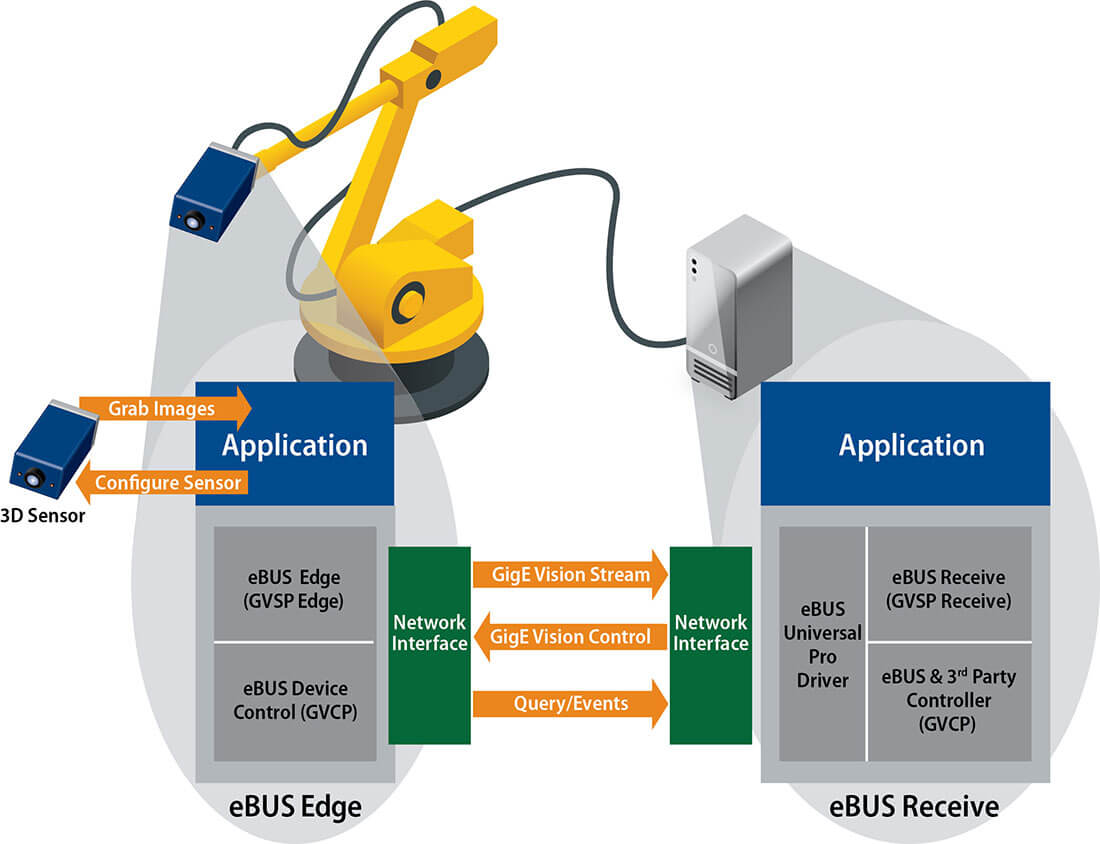
Pleora Technologies releases new software solution to facilitate GigE Vision devices
by CM Staff
Pleora eBUS Edge purportedly simplifies sensor design for advanced inspection.

eBUS Edge allows manufacturers to design or upgrade imaging solutions for more advanced applications, including 3D inspection and multi-sensor Industrial Internet of Things (IIoT) systems, without investing in new hardware.
OTTAWA — On Dec. 1, Pleora Technologies expanded its machine vision portfolio with a new software solution that converts embedded platforms, sensors, and cameras into GigE Vision devices. With eBUS Edge™ manufacturers can design or upgrade imaging solutions for more advanced applications, including 3D inspection and multi-sensor Industrial Internet of Things (IIoT) systems, without investing in new hardware.
A sensor manufacturer is currently deploying eBUS Edge in its latest system for 3D inspection of parts and electronics for the automotive, aerospace, and medical industries.
“eBUS Edge provides significant cost and integration advantages for manufacturers developing advanced inspection systems, including 3D, robotics, motion tracking, barcode reading, industrial drones, and sensor-based measurement,” said James Falconer, product manager, Pleora Technologies. “With our ‘zero footprint’ software approach, manufacturers can quickly develop GigE Vision-compliant imaging and sensor solutions that interoperate with other devices and integrate with machine vision processing in multi-vendor systems.”
For 3D inspection, designing eBUS Edge into imaging devices helps manufacturers overcome multi-part data support and interoperability challenges that traditionally add cost and complexity. Pleora’s software solution converts 3D images and data into GigE Vision and GenICam compliant time-stamped data that is transmitted with associated metadata over low-latency Ethernet cabling. Data from multiple sensors, including 1D and 2D images, can be synchronized and transported in parallel using multiple streams. To simplify image processing, the 3D data is received, analyzed, and displayed using off-the-shelf machine vision processing.
In IIoT and robotics applications, designers are using eBUS Edge to create small form-factor GigE Vision embedded imaging and sensor devices that are networked and integrate with machine vision processing solutions.